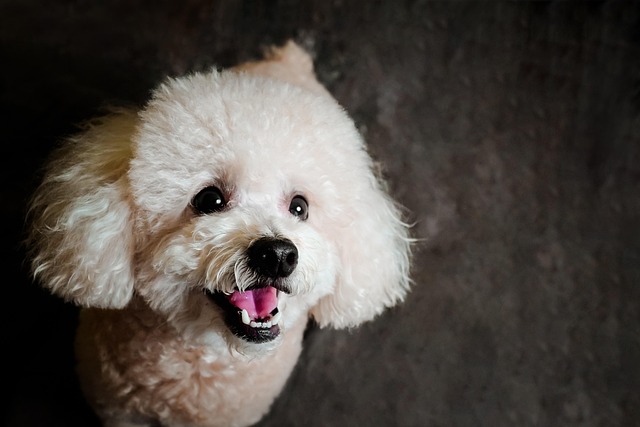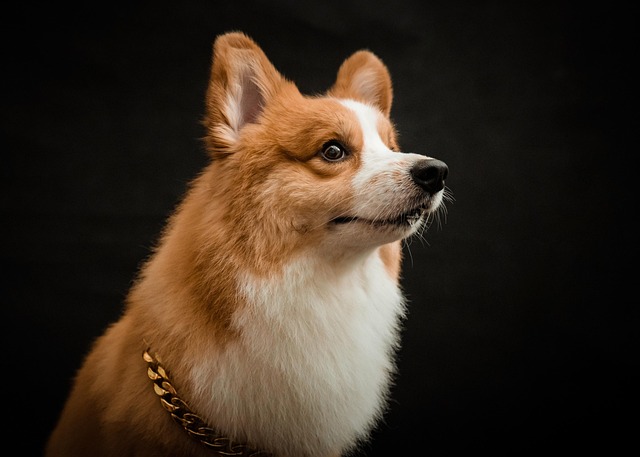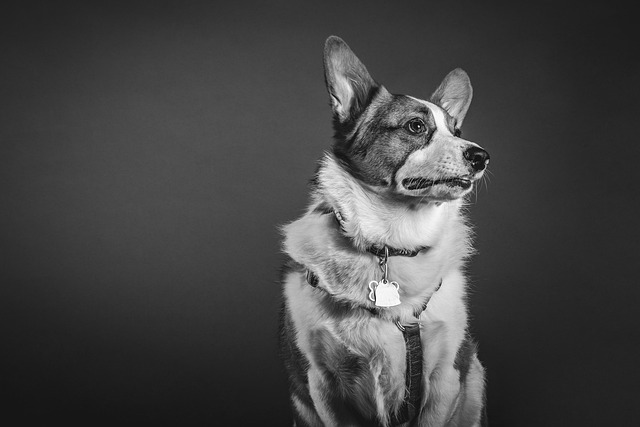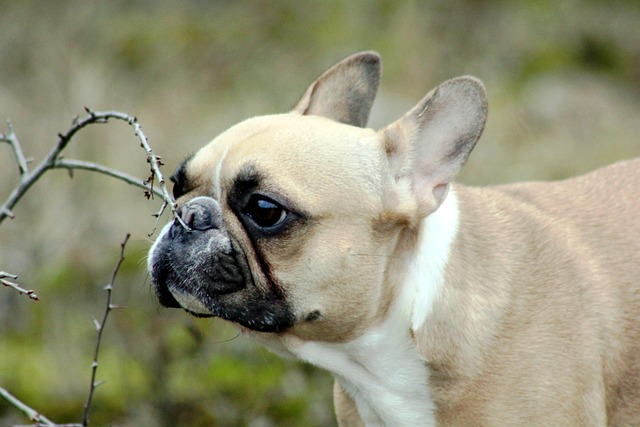
How to calm down an aggressive dog?
Seeing your dog growl, snarl, or bare their teeth can send a chill down your spine. Aggression isn’t just scary—it’s a cry for help from your furry friend.
Bringing home your fluffy new companion is an avalanche of excitement – and let's be honest, a healthy dose of panic. Between the sharp little teeth exploring your favorite shoes and the urgent need to find the right spot in the garden, it's easy to wonder where on earth to begin with training. Forget complex tricks for now. The absolute, non-negotiable first thing you need to teach your puppy isn't "Sit" or "Stay." It's something far more fundamental: their name and a marker word. This isn't just training; it's building the critical communication channel essential for everything that follows, and doing it kindly aligns perfectly with modern animal welfare expectations across the EU, UK, and North America.
Think about it. How can you teach "Come" if your pup doesn't reliably know you're talking to them? How can you pinpoint the exact moment they do something right without a clear signal? Teaching their name effectively means creating a powerful association: "Hearing this sound means something awesome is coming from me!" Start in a quiet, distraction-free space. Say their name clearly and happily. The instant they glance at you – even just a flick of the ear in your direction – mark that moment with a distinct, consistent sound like a cheerful "Yes!" or a clicker click, followed immediately by a high-value, tiny treat. Repeat this endlessly during calm moments. You're not demanding attention yet; you're simply building the link: Name = Look at Human = Good Stuff Happens. Avoid the common mistake of only using their name for negative things ("Fido, NO!") or when you're frustrated. You want their name to trigger happy anticipation, not apprehension.

This leads directly to the second pillar: the marker word (or clicker). This is your precision training tool. A marker is a distinct sound (like "Yes!", "Good!", or a click) that tells your puppy, "That exact behaviour you just did is what earned this reward." Its power lies in its speed and accuracy, bridging the tiny gap between the desired action and the reward delivery. Condition it just like their name: Say "Yes!" and instantly give a treat. Do this repeatedly until you see their ears perk up or eyes brighten at the sound, anticipating the treat. Now, you have a way to "capture" good behaviour the split second it happens, even if you can't get a treat to their mouth that fast. This is the cornerstone of force-free, reward-based training – methods increasingly mandated or strongly recommended under animal welfare legislation in places like Germany (where certain aversive tools are banned), the UK (Animal Welfare Act), and parts of Canada and the US. It fosters trust and clarity without intimidation.
Why is this duo truly the first priority? Because without a reliable name response and a clear marker, every other command becomes exponentially harder and more frustrating for both of you. Trying to teach "Sit" without a marker means your timing might be off, leaving the pup confused about what exactly earned the treat. Calling a pup who doesn't solidly know their name (and love hearing it!) is an exercise in futility, potentially dangerous near roads or hazards. Establishing this foundation isn't about immediate obedience; it's about setting up a language for mutual understanding and future learning success.
While focusing on this crucial foundation, management is your best friend for preventing unwanted habits. Use baby gates, pens, tethers, and constant supervision to keep your pup out of trouble – preventing them from rehearsing behaviours like chewing furniture or having accidents indoors is far easier than trying to correct them later. This proactive approach is not only effective training but also aligns with the duty of care embedded in Western animal welfare laws, ensuring the puppy's environment is safe and conducive to learning.
So, before you worry about perfect sits or down-stays, invest your energy in those first critical lessons: making your puppy's name the best sound they hear and giving them a crystal-clear "Yes!" signal. This communication bedrock, built on positive reinforcement and a deep respect for the pup's learning process, creates a confident, connected dog eager to engage with you. It’s the humane, scientifically sound, and legally compliant foundation upon which all other training – and a wonderful lifelong partnership – is built. Remember, patience and consistency in these first steps pave the way for smoother sailing down the training road. Focus on building that joyful connection first; the commands will follow much more easily.

Seeing your dog growl, snarl, or bare their teeth can send a chill down your spine. Aggression isn’t just scary—it’s a cry for help from your furry friend.

You’ve just brought home a fluffy 8-week-old puppy, and within minutes, they’ve had an accident on your brand - new rug.

Toilet training your dog varies widely by breed, age, and temperament. Patience, consistency, and tailored routines unlock success—no one-size-fits-all timeline here.

Ever noticed your normally friendly Labrador suddenly growling when you try to take away their food, or a Pomeranian snapping during playtime? This isn't just 'bad behavior'—it's conflict aggression, a survival mechanism gone awry.

Master puppy nighttime potty training by balancing their needs and your sleep. Learn when to take breaks, how to plan, and keep training stress-free for both.

Watching your dog growl,lunge,or snap at others can feel like a punch in the gut.It's natural to want to solve the problem on your own—after all,who knows your furry friend better than you?But training an aggressive dog isn't like teaching basic commands.